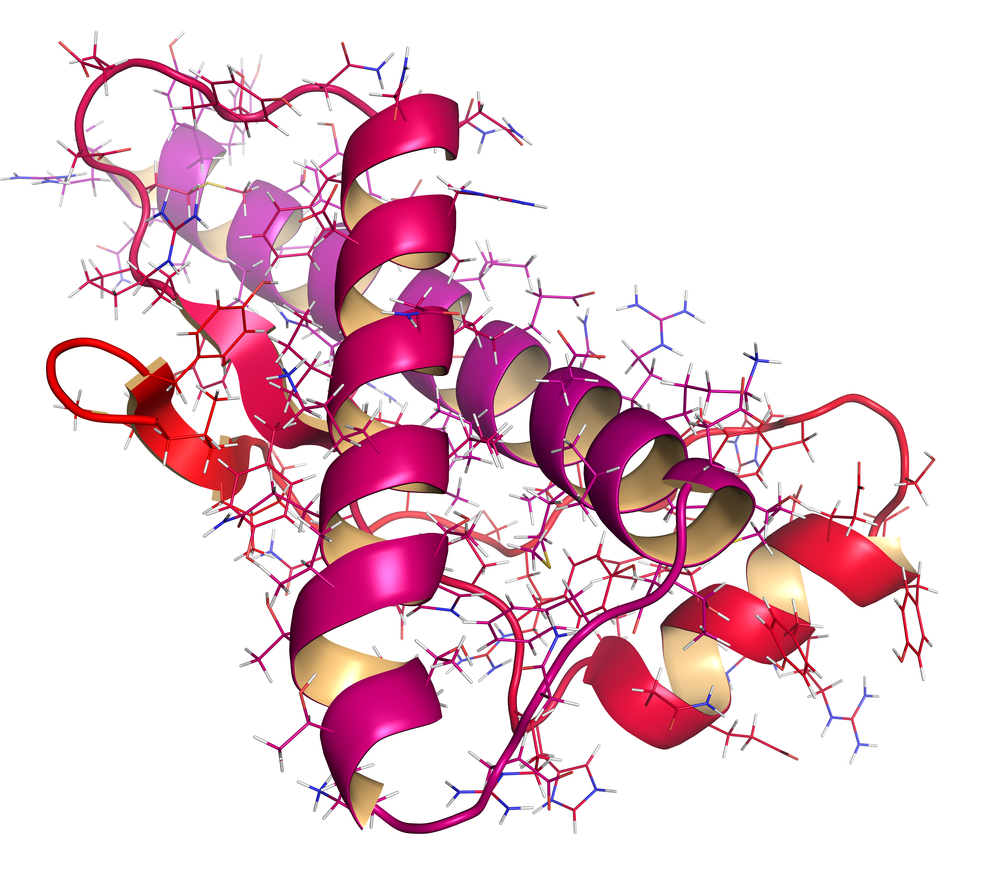Resveratrol's Ability to Treat ANCL
 Resveratrol, a powerful antioxidant that is found in the skin of red grapes, is extremely famous in the world of skin care because of its unique anti-aging benefits. Recent research now shows that Resveratrol might also be very effective in offering the first cure for a neurodegenerative disease known as ANCL (Adult Onset Neuronal Ceroid Lipofuscinosis).
Resveratrol, a powerful antioxidant that is found in the skin of red grapes, is extremely famous in the world of skin care because of its unique anti-aging benefits. Recent research now shows that Resveratrol might also be very effective in offering the first cure for a neurodegenerative disease known as ANCL (Adult Onset Neuronal Ceroid Lipofuscinosis).
According to a study that was funded by the BBSRC and AGE UK and was published in the Human Molecular Genetics Journal, a group of University of Liverpool researchers have finally been successful in finding a potential cure for ANCL. Alan Morgan, the lead researcher of this project, states that even though ANCL currently remains to be untreatable, their research allows them to test for compounds that could offer effective treatments. He further states that among all the compounds tested in the first batch, one (Resveratrol) has shown highly encouraging effects.
ANCL is a disease that is known to affect almost 1 out of every 100,000 people in North America and Europe. It mostly affects adults in their mid-thirties and death comes as early as the mid forties. Despite constant research, no cure was found for the disease until now. However, even though previous studies were unsuccessful in finding a cure, they had managed to connect the disease to the DNAJC5 gene.
The latest study used nematode worms to search for cures for the ANCL disease. The disease was introduced into their bodies my mutating the dnj-14 gene, a gene which is quite similar to the DNAJC5 gene in humans. Since these worms have a lifespan of a couple of weeks only, symptoms of the disease were developed within days. This helped in reducing the time frame that was needed to design and study ANCL treatments.
Researchers used this model to test for a number of chemicals. One of the chemicals that was tested on these worms was Resveratrol, and surprisingly, Resveratrol actually managed to cure the disease without even having to act through the SIR-2.1 enzyme. Almost all other potential treatments were forced to act through this enzyme.
These results have encouraged researchers to test for more chemicals and decide whether nematodes can also be used to study for potential treatments against other neurodegenerative diseases that mankind suffers from. These findings go on to suggest that Resveratrol can play a major role in helping humans to prevent diseases and repair the damage caused by diseases. Although scientists have already been studying Resveratrol for many decades, this compound never ceases to amaze.
In fact, in a study conducted in the year 2003, researchers have also managed to prove that using Resveratrol can help in increasing the life span. This was done using short-lived fish as test subjects. Resveratrol helped in increasing their lifespan by as much as 50%. Moreover, the fish that were offered Resveratrol were able to swim and learn new things in their old age better than fish that were not offered Resveratrol.
This leads to the argument that there is still so much more that the world needs to know about Resveratrol. It wouldn’t come as a surprise if we found Resveratrol to become the most important compound known to man in the near future.



